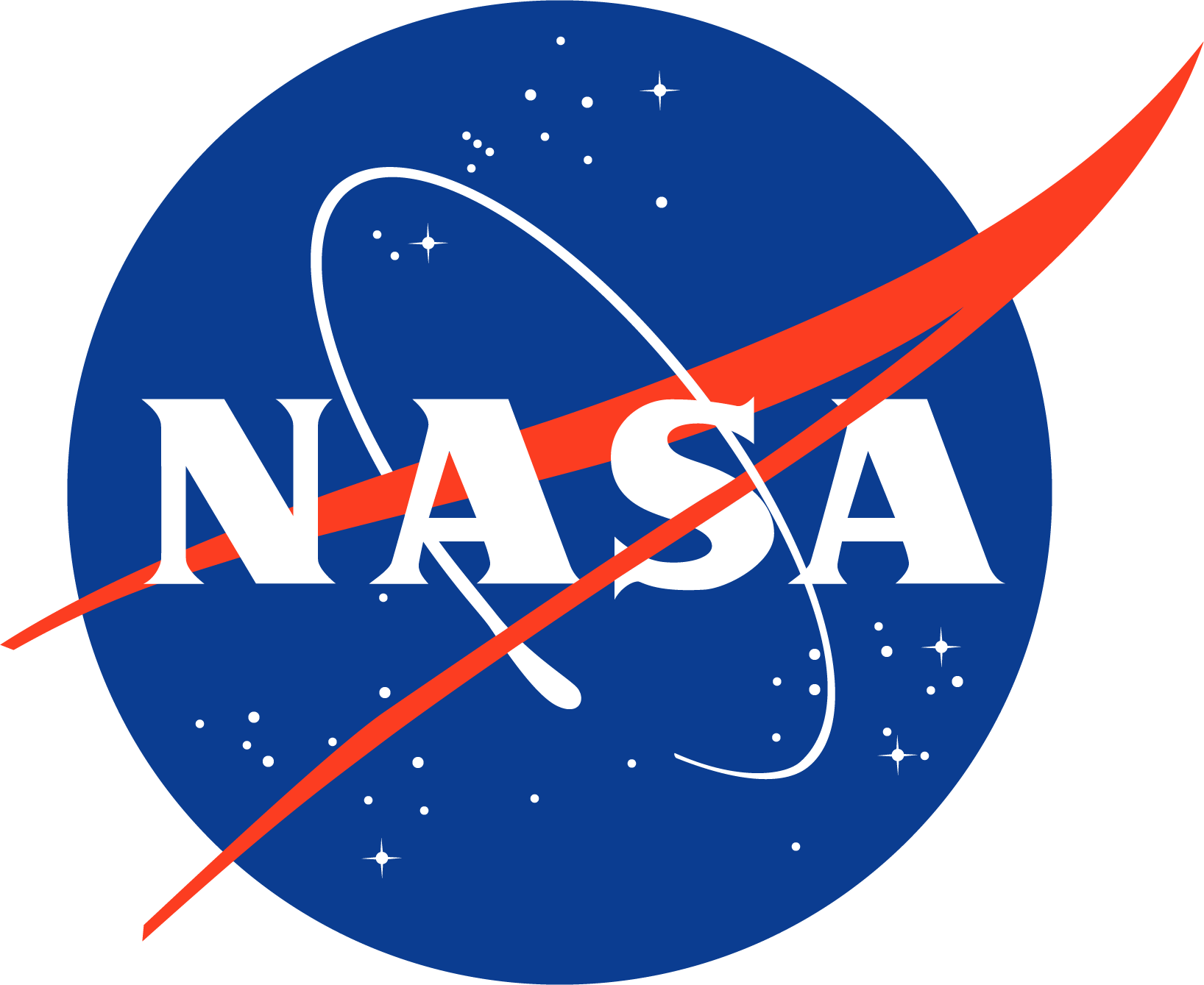Press Releases
Showing 1 to 24 of 344.
NASA's Curious Universe Earth Series: The Ocean, Now in Full Color
2025.04.22
Life all over the planet—even far from the coasts—depends on the oceans. A pair of NASA satellites, PACE and SWOT, is giving us a fresh look at Earth’s water. PACE tracks color changes driven by tiny plankton, which give us us a big-picture view of ocean life. By measuring sea level height from space, SWOT shows ocean currents and other features...
Blooming British Isles
2025.04.10
The colorful North Atlantic waters visible around the archipelago in April 2025 are likely due to a mix of phytoplankton and suspended sediment.
A Swirl of a Day for Phytoplankton
2025.03.26
In the Gulf of Oman, eddies drew seasonal phytoplankton blooms into mesmerizing whirls.
Signs of Life in Thawing Lake Erie
2025.03.20
As winter turned to spring, ice cover on the lake diminished to reveal colorful billows of sediment and phytoplankton.
Whorls of White off Greenland
2025.02.26
Bright snow topped the island’s thick ice sheet, while a swirling display of sea ice hugged the southeast coast.
La Niña Is Here
2025.02.07
Cool water has welled up in the tropical Pacific in winter 2024–2025. But it may not stick around for long.
Phytoplankton Flourish in Patagonian Waters
2025.01.04
Microscopic floating organisms proliferated to turn surface waters bright green and milky blue around the Falkland Islands.
NASA’s PACE, US-European SWOT Satellites Offer Combined Look at Ocean
2024.12.09
The ocean is an engine that drives Earth’s weather patterns and climate and sustains a substantial portion of life on the planet.
Annual Science Conference to Highlight NASA Research
2024.12.06
NASA researchers will present findings on Earth science, planetary science, and heliophysics at the upcoming American Geophysical Union (AGU) 2024 annual meeting in Washington, DC, beginning on Monday, Dec. 9.
Patagonian Shelf Waters Abloom
2024.12.04
Colorful swirls of water reveal the presence of phytoplankton in the South Atlantic Ocean near the Falkland Islands.
Signs of Sea Level Rise in the Bahamas
2024.11.18
Rising seas have redistributed cyanobacterial mats blanketing part of Andros Island and restructured the island’s marshes and mudflats.
The Earth Observer Editor’s Corner: Fall 2024
2024.11.14
On September 18, 2024, the National Oceanic and Atmospheric Administration (NOAA) shared the first images of the Western Hemisphere from the GOES-19 satellite, its newest geostationary satellite launched on June 25, 2024...
Inia Soto Ramos, From the Mountains of Puerto Rico to Mountains of NASA Earth Data
2024.11.12
Dr. Inia Soto Ramos became fascinated by the mysteries of the ocean while growing up in Puerto Rico’s mountains. Today, she works at NASA as an oceanographer and data manager, where she can uncover these enigmas from space.
Pyramid Lake in Bloom
2024.10.18
Blooms of cyanobacteria develop in the brackish waters of this Nevada lake nearly every year.
NASA Goddard Hosts Former VP Al Gore to Mark 10 Years of DSCOVR Mission
2024.10.17
Environmentalist and former Vice President Al Gore visited NASA’s Goddard Space Flight Center in Greenbelt, Maryland, on Oct. 16, 2024, to commemorate the upcoming 10th anniversary of the DSCOVR (Deep Space Climate Observatory) mission.
Hurricane Helene Stirs Up Gulf Coast Waters
2024.10.04
The heavy rains, high winds, and storm surge that devastated land also left a mark on the ocean.
ICESat-2 Hosts Third Applications Workshop
2024.09.17
The ICESat-2 Applications Team hosted its third Applications workshop June 3–4, 2024 at NASA’s Goddard Space Flight Center (GSFC) in a hybrid environment. A total of 113 participants registered for the workshop, representing multiple government agencies, including NASA Centers, non-profit organizations, and academic organizations.
Lake Erie Blooms
2024.09.08
Algal communities flourish in Lake Erie’s western basin each summer. Scientists are looking to new NASA technology to better track them from space.
NASA Earth Scientists Take Flight, Set Sail to Verify PACE Satellite Data
2024.09.04
More than 100 scientists will participate in a field campaign involving a research vessel and two aircraft this month to verify the accuracy of data collected by NASA’s new PACE satellite: the Plankton, Aerosol, Cloud, ocean Ecosystem mission.
Bright Blues in the Barents
2024.08.13
These shallow Arctic waters frequently produce phytoplankton blooms spanning hundreds of kilometers in the summer.
Sea Ice Chokes the Northwest Passage
2024.08.08
Despite overall declines in the thickness and extent of Arctic sea ice, shipping routes along the northern coast of North America have become less navigable in recent years
Peek-a-Bloom in the North Atlantic
2024.06.20
A short-lived gap in the clouds let satellites observe a striking phytoplankton bloom east of Greenland.
Turbulent Beauty Along the Kimberley Coast
2024.06.17
Tidal currents stir up colorful swirls off the coast of Western Australia.
PACE Celebrates National Ocean Month With Colorful Views of the Planet
2024.06.07
What do you give to an ocean that has everything? This year, for National Ocean Month, NASA’s Plankton, Aerosol, Cloud, ocean Ecosystem (PACE) satellite— is gifting us a unique look at our home planet. The visualizations created with data from the satellite, which launched on Feb. 8, are already enhancing the ways that we view our seas and skies.
Showing 1 to 24 of 344.
